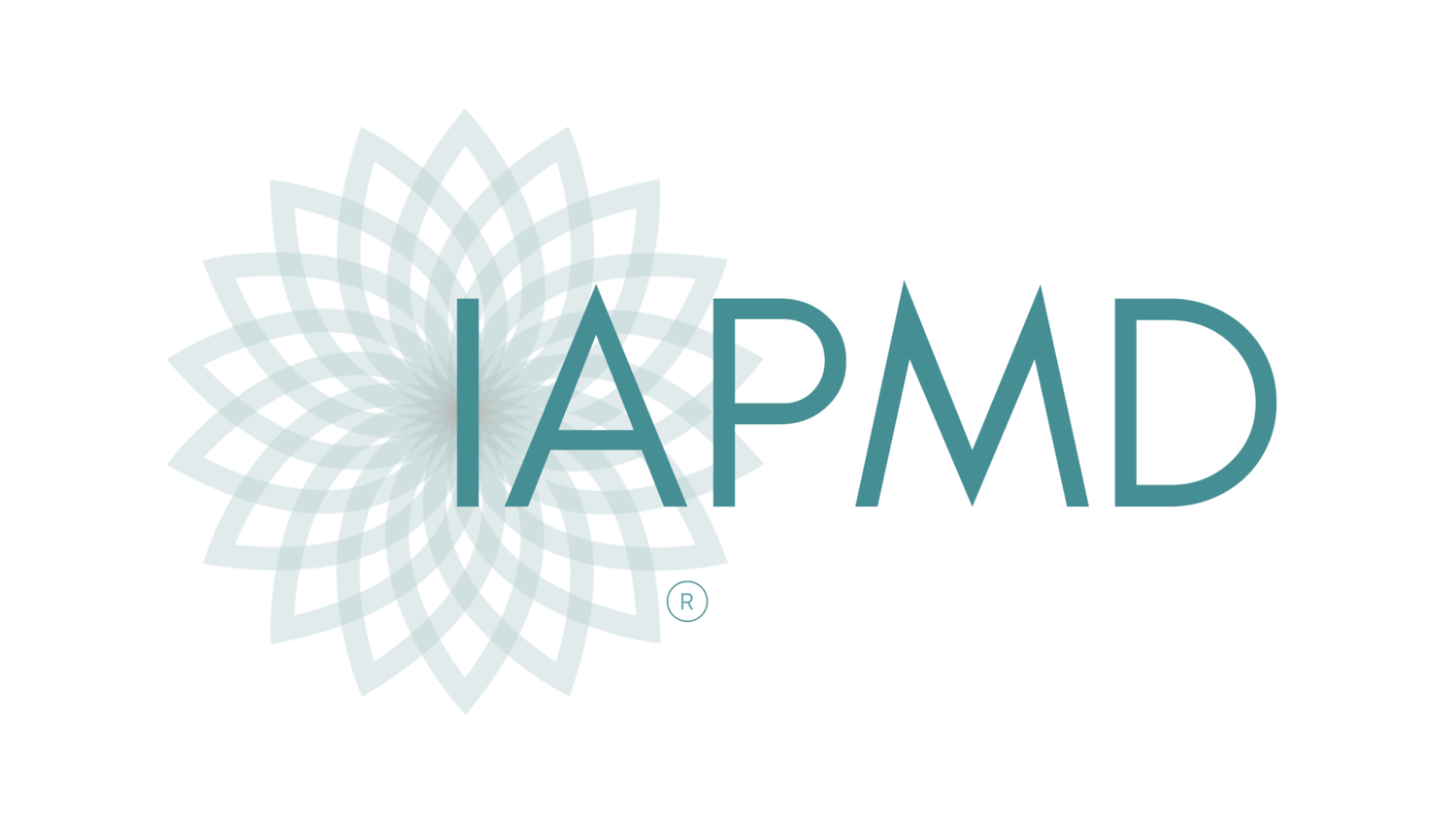Ovulation & Menstruation
Believe it or not, as many as 300 million women around the world are participating in the same experience. An experience called menstruation or a period. The ovulation and menstruation cycle typically begins when a woman is between 8 and 15 years old. This cycle most often ends around the age of 50 during menopause. In a woman's lifespan, she will ovulate 300 to 400 times. That is a lot of periods.
Ovulation is when a single-celled, unfertilized egg is released from an ovary. This monthly occurrence is triggered by the natural rise and fall of reproductive hormones including progesterone, estrogen, follicle-stimulating hormone (FSH) and luteinizing hormone (LH). Learn more about each of these hormones →
During ovulation, the egg travels down the fallopian tube and into the uterus to be either fertilized and implanted in the endometrium (pregnancy) or unfertilized where it will be shed with the endometrium (menstruation). The time between ovulation and menstruation is called the luteal phase.
Menstruation is the shedding of the endometrium (or lining of the uterus) along with the unfertilized egg. This discharge is called menstrual blood or bleeding. It is most often called a period. A period can last between 2 - 7 days although for some women it can last even longer.
The entire cycle happens every 20 - 40 days with an average cycle lasting 28 days. Every woman is different and may have a shorter or longer cycle depending on various factors including overall health, diet, stress, and underlying illness.
